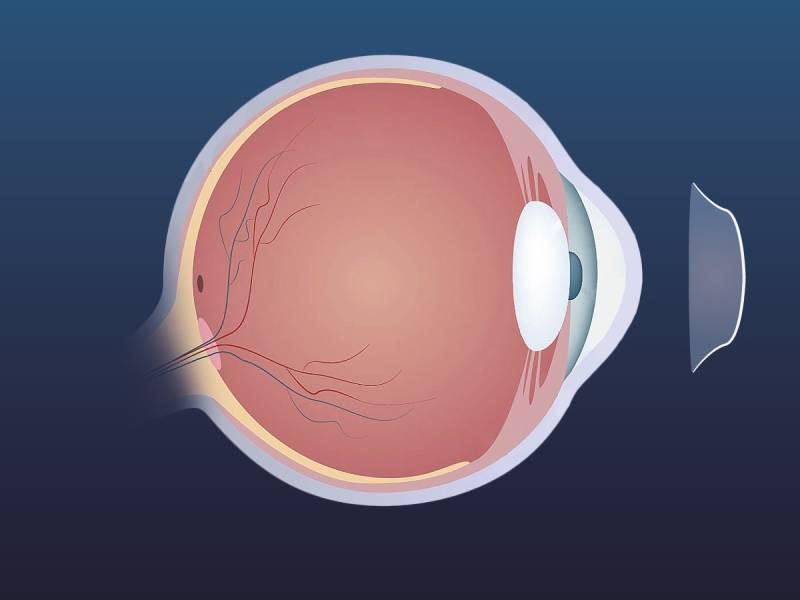Adults Who Desire To See Clearly Without Wearing Glasses Or Contact Lenses Might Benefit Greatly From Orthokeratology

In order to gently push the cornea into the proper form for focused vision, a lens with a certain shape might be utilised. However, Orthokeratology lenses are only used in the very static environment of the closed eye, where there is no surface tension or tear exchange forces acting on the lens edge to keep it centred.
The most common misconception about Orthokeratology is that the cornea is physically pressed flat by the contact lens or corneal mould being utilised. There is actually very little tear film behind the lens at all times, even at the central treatment zone, therefore the lens should ideally never touch the cornea directly. When stained with NaFl dye, this region is often black, leading medical professionals to conclude that it must be a touch area.
While OCT investigations of the on-eye interaction between lens and eye show that there is always a very thin tear film layer between the eye and lens, levels of NaFl dye that are less than 20 microns thick are not visible when seen via a slit lamp.
- Art
- Causes
- Crafts
- Dance
- Drinks
- Film
- Fitness
- Food
- Jocuri
- Gardening
- Health
- Home
- Literature
- Music
- Networking
- Alte
- Party
- Religion
- Shopping
- Sports
- Theater
- Wellness
- IT, Cloud, Software and Technology


